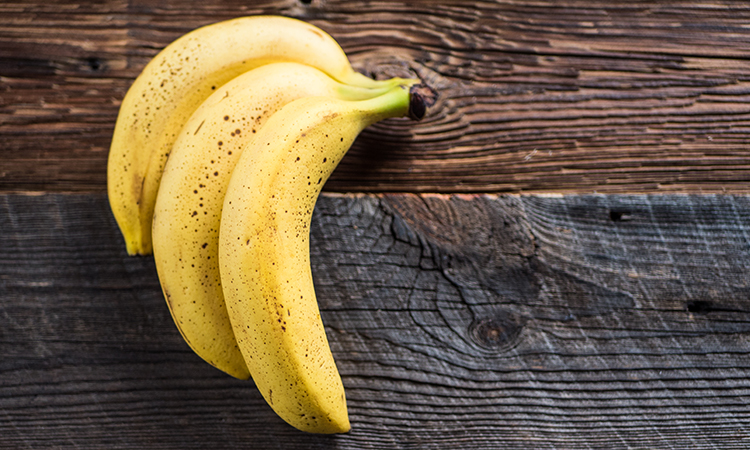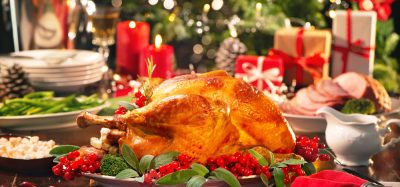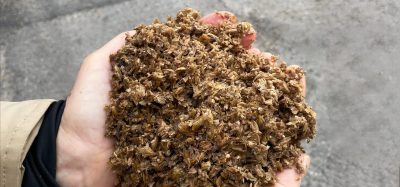Brown fruit is not bad fruit says Copenhagen scientist
- Like
- Digg
- Del
- Tumblr
- VKontakte
- Buffer
- Love This
- Odnoklassniki
- Meneame
- Blogger
- Amazon
- Yahoo Mail
- Gmail
- AOL
- Newsvine
- HackerNews
- Evernote
- MySpace
- Mail.ru
- Viadeo
- Line
- Comments
- Yummly
- SMS
- Viber
- Telegram
- Subscribe
- Skype
- Facebook Messenger
- Kakao
- LiveJournal
- Yammer
- Edgar
- Fintel
- Mix
- Instapaper
- Copy Link
Posted: 9 February 2021 | Joshua Minchin (New Food) | No comments yet
We tend to avoid choosing apples with brown spots, assuming that they taste bad. But according to researchers from the University of Copenhagen, that needs to change.


Which bananas end up in your shopping basket – the uniformly yellow ones or those with brown spots?
Plenty of shoppers skip the spotted ones and select those that are perfectly yellow. This is because emotions play an oversized role in our shopping decisions, according to a new study by Danish and Swedish researchers.
“We choose food based upon an expectation of what it will taste like that is bound to our feelings. So, if we expect a brown banana to not match the taste of a yellow one, we opt for the latter,” explained Karin Wendin, an associate professor at University of Copenhagen’s Department of Food Science, and one of the researchers behind the study.
Approximately 716,000 tonnes of food is thrown away in Denmark every year according to the researchers, the majority of which is made up of fruit and vegetables. Wendin laments this waste, asserting that brown fruit is not bad fruit.
“Bruised or oddly shaped fruit can easily be used. They usually taste just as good as nicely looking specimens,” she said.
“In cases when an apple is bruised or a bit floury in texture, one can still use it for juice or pie. When an ‘ugly’ piece of fruit gets tossed, it becomes food waste, which is a big problem – including financially. This is why we need to work on re-evaluating our feelings about brown and oddly-shaped fruit,” she said.
The stickiness of a bad first impression
In the study, 130 participants were asked to rate a series of images of apples with varying appearances. Unsurprisingly, apples with deformities and imperfections ranked lowest in terms of how many participants wanted to eat them.
The participants then had to taste a different apple. This is when it became apparent that the bad first impression became sticky.
“When participants saw a photo of an ugly apple, and then tasted one that was green and perfect, they stuck by their belief that it tasted awful. This speaks to the extent to which our emotions and psychology factor in with taste sensations,” said Wendin.
“We remember negative feelings and expectations more than positive ones.”
Better communication about browning food can help limit food waste
It’s because of this strong link between appearance and perceived taste that the research team insists more must be done to disrupt the negative emotions around brown fruit.
“As things stand, communication about our foods – and what is good or bad – does not work optimally,” elaborated Wendin.
“People don’t know where to seek advice and guidance. Few go online to investigate Nordic dietary recommendations on the Danish Government’s website.
“Did you know, for example, that imperfect fruit is often cheaper than its more perfect neighbours, even though both products probably taste the same?”
According to Wendin, more work needs to be done in collaboration with supermarkets to change the way consumers think about brown fruit. By reassuring shoppers that apples or bananas with brown spots are just as good as those without, the research team believe food waste in places like Denmark can be reduced.
Related topics
Environment, Food Waste, retail, Supermarket, Sustainability, The consumer









